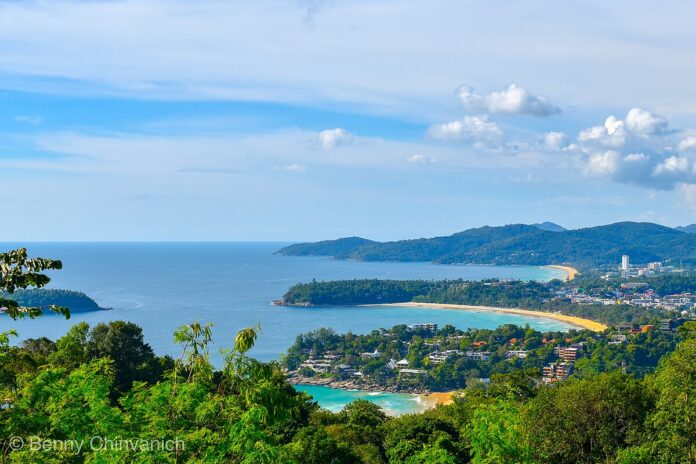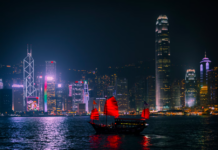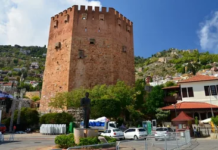Located at the base of the Malaysian Peninsula Singapore is the largest port island city in all of Southeast Asia. Dominating the Straits of Malacca the island state owes much of its prosperity to its connections with sea trade from the Indian Ocean and the South China Sea. Once a British Colony and nowadays a member of the world Commonwealth Singapore has experienced incredible economic growth since the 1960s and remains not only a world port by a world finance and investment centre.
Before showcasing the beautiful array of five-star Orchard Hotels in Singapore was inhabited by fishermen and pirates, plus serving as an outpost for the Sumatran empire. At the end of the 14th century the Siamese occupied for a period before being replaced by the Malaysians. In the 16th century Francis Xavier described shipping activity in the region in a series of letters.
Singapore is often referred to as Lion City which probably dates back to the name Singapura bestowed to it by Rajendra, ruler of the Indian subcontinent.
By January of 1819 Stamford Raffles on the English East India Company began his search for a trading site and luckily landed at Singapore to find only a few Chinese planters, some indigenous people, and a number of Malay. The company were permitted to buy land at first before negotiations broke down. Eventually in 1824, an Anglo-Dutch treaty left Singapore in British hands and by August of the same year the entire island was ceded to the British. However, another rival port in the shape off Hong Kong had arrived.
In late 1941 the Japanese arrived in northern Malaya and Southern Thailand and swiftly achieved air and naval advantage of the region. The British surrendered the island and it remained in Japanese hand until 1945. By 1959 Singapore became self-governing although the British still held onto defense and foreign policy until 1968 at which point all British defense forces withdrew.
Beginning in the 1970s Singapore grew economically bases on export manufacturing and trade
As the central business grew the country went from strength to strength. For many years the education in Singapore was considered to be the best in the world and remains to rank among the top ten in the world. Large resort complexes were developed along with casinos in 2010s.
Despite its small size, Singapore has a wide diversity of languages, religions, and cultures. Singaporeans do not all speak the same language, share the same religion, or have the same customs. Those who speak Chinese as their native language mostly lean toward Chinese culture, which has linkages with Chinese folk religion, Buddhism, Taoism and Confucianism. Many Singaporeans are Christian with some large complexes in the city. Malay-speaking Singaporeans mostly lean toward Malay culture, which itself is closely linked to Islamic culture, and Tamil-speaking Singaporeans mostly lean toward Tamil culture.
Singapore has a rich and vibrant history that is also a real-life success story in regard to the development of a nation.
Write and Win: Participate in Creative writing Contest & International Essay Contest and win fabulous prizes.










